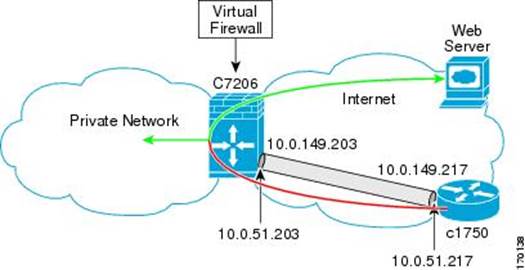
Physical vs. Virtual
As Jon Oltsik, Enterprise Strategy Group (www.esg-global.com) senior principal analyst, aptly puts it, the biggest difference between a virtual firewall and a physical firewall is fairly obvious: A physical firewall is essentially a piece of standalone hardware, while a virtual firewall is a virtual appliance installed on top of virtualization management software. “This difference should not impact functionality, but it may impact performance,” Oltsik says. “Virtual firewalls also require some security oversight to lock down the physical server and hypervisor.”
Mike Fratto, senior analyst with Current Analysis (wwwxurrentanajysjs.com), says aside from certain performance characteristics, in many cases a virtual and physical firewall from the same vendor are functionally equivalent. “Virtual appliances typically support less performance than hardware because virtual appliances are software-based, are on shared hardware, etc.,” he says. A physical firewall, meanwhile, sits at a fixed position in the network and creates a hard exterior at the perimeter “but does nothing for traffic running over the virtual network,” he says.
Overall, Fratto says physical firewalls make sense when trying to establish a hardened perimeter, including one that protects the virtual infrastructure, services, etc., from unauthorized use. Here, he says, “an existing data center firewall may suffice.” Virtual firewalls, meanwhile, are often targeted at a subset of services running within the virtual environment rather than the entire environment. Thus, he says, “you end up with a bunch of little perimeters based on applications or departments,” for example, rather than one large perimeter. That means applications can be better protected from attack than if using VLANs and other isolation techniques, he says.
Another distinction between physical and virtual firewalls is that a virtual firewall and the servers it protects can reside anywhere in the virtual environment, something that allows the movement of virtual machines while maintaining the virtual perimeter, Fratto says.

